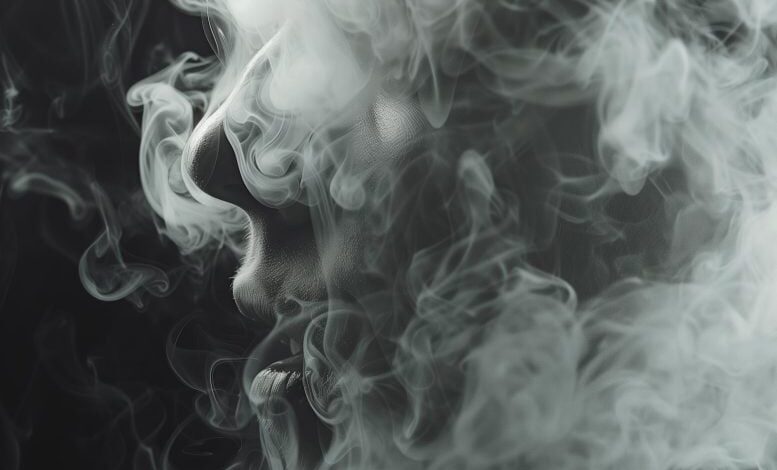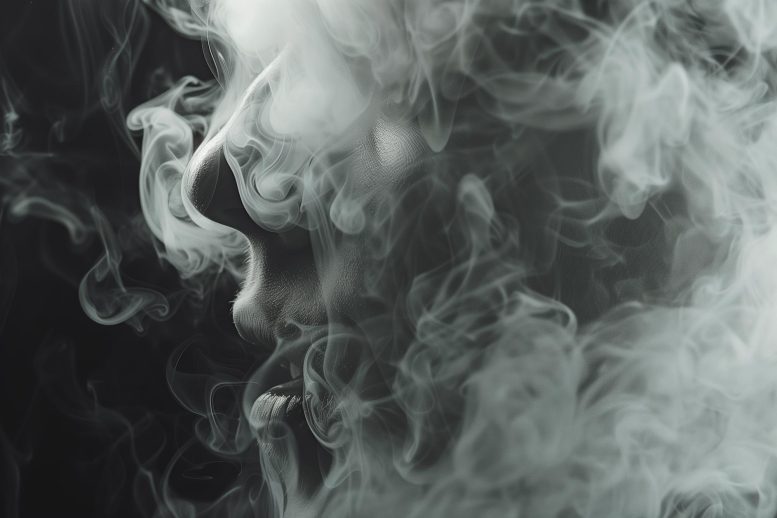Fentanyl’s Alarming New Trend in San Francisco


A study in San Francisco explored the shifting trend from injecting to smoking fentanyl, revealing motivations, techniques, and risks associated with this method. Credit: SciTechDaily.com
Researchers in San Francisco studied the transition from injecting to smoking fentanyl, finding it driven by fear of overdose and injection difficulties, yet still associated with significant risks.
Individual experiences and local trends around fentanyl smoking are highlighted in a new interview-based study in San Francisco, CA. The insights provide deepening understanding of this dangerous and growing practice. Daniel Ciccarone of the University of California, San Francisco, and colleagues presented their findings on May 22, 2024, in the open-access journal PLOS ONE.
Risks of Fentanyl Use
Illicitly manufactured fentanyl is linked to severe health risks, including a high potential for addiction and an exceptionally high overdose risk. Notably, fentanyl significantly contributes to the escalating rate of drug overdose deaths in the US. Although fentanyl is traditionally injected, parts of the US have seen a growing transition from fentanyl injection to fentanyl smoking. However, , studies exploring this shift and its health implications are sparse.
To deepen understanding, Ciccarone and colleagues applied a qualitative research framework known as rapid ethnography. They interviewed 34 volunteers recruited from syringe service programs in San Francisco, CA, about their beliefs and behaviors around fentanyl smoking. They also captured video and photographic footage of smoking practices, drug samples, and drug use equipment.

Fentanyl, typically sold in compressed powder chunks, (and a few methamphetamine shards) and the materials commonly used to consume them via inhalation. Credit: Ciccarone et al., 2024, PLOS ONE, CC-BY 4.0
This research approach surfaced a variety of information on the participants’ experiences, such as their motivations for smoking fentanyl, smoking techniques and behaviors, and the potential risks involved.
Many participants reported that fear of overdose and the challenges of injecting had prompted their transition from injection to smoking. However, some expressed belief that smoking fentanyl still poses high overdose risk—more research is needed to determine whether smoking may be less harmful than injection in relation to overdose risk.
Social Dynamics and Health Concerns
The study also highlighted the social nature of smoking fentanyl, with some participants reporting sharing equipment and drugs. However, some were wary of hygiene and overdose risks to others from sharing. In particular, concerns were raised about fentanyl “residue” that accumulates on equipment, which can be consumed and shared but poses a risk of overdose due to the potential mismatch between a person’s tolerance and residue potency.
Conclusions and Future Directions
The research team notes that this study is exploratory and has limited generalizability beyond its participants and local context. However, this innovation will likely become more widespread as the advantages of smoking over injection become apparent.
Dan Ciccarone adds: “We explored the culture of smoking as an adaptation to the use of the potent synthetic opioid fentanyl. This innovation is powerful and will likely spread beyond its west coast roots to more of the US.”
For more on this study, see The Lethal Risks of Fentanyl Residue in Smoking Devices.
Reference: “Innovation and adaptation: The rise of a fentanyl smoking culture in San Francisco” by Daniel Ciccarone, Nicole Holm, Jeff Ondocsin, Allison Schlosser, Jason Fessel, Amanda Cowan and Sarah G. Mars, 22 May 2024, PLOS ONE.
DOI: 10.1371/journal.pone.0303403
The research was funded by The US National Institutes of Health, National Institute on Drug Abuse, grant DA054190 (PI: Ciccarone). The funders had no role in study design, data collection and analysis, decision to publish, or preparation of the manuscript.


